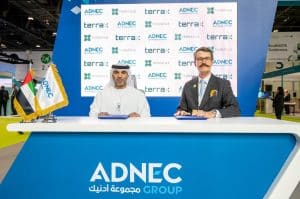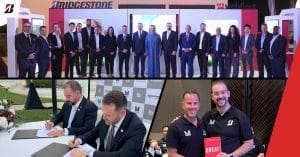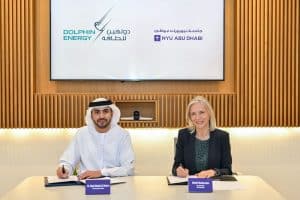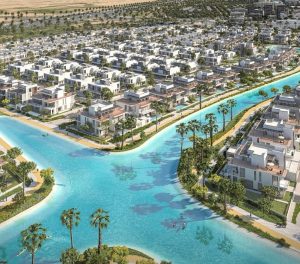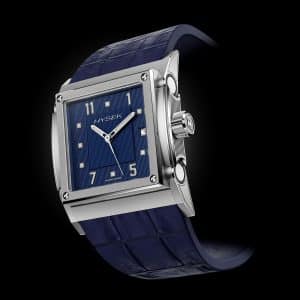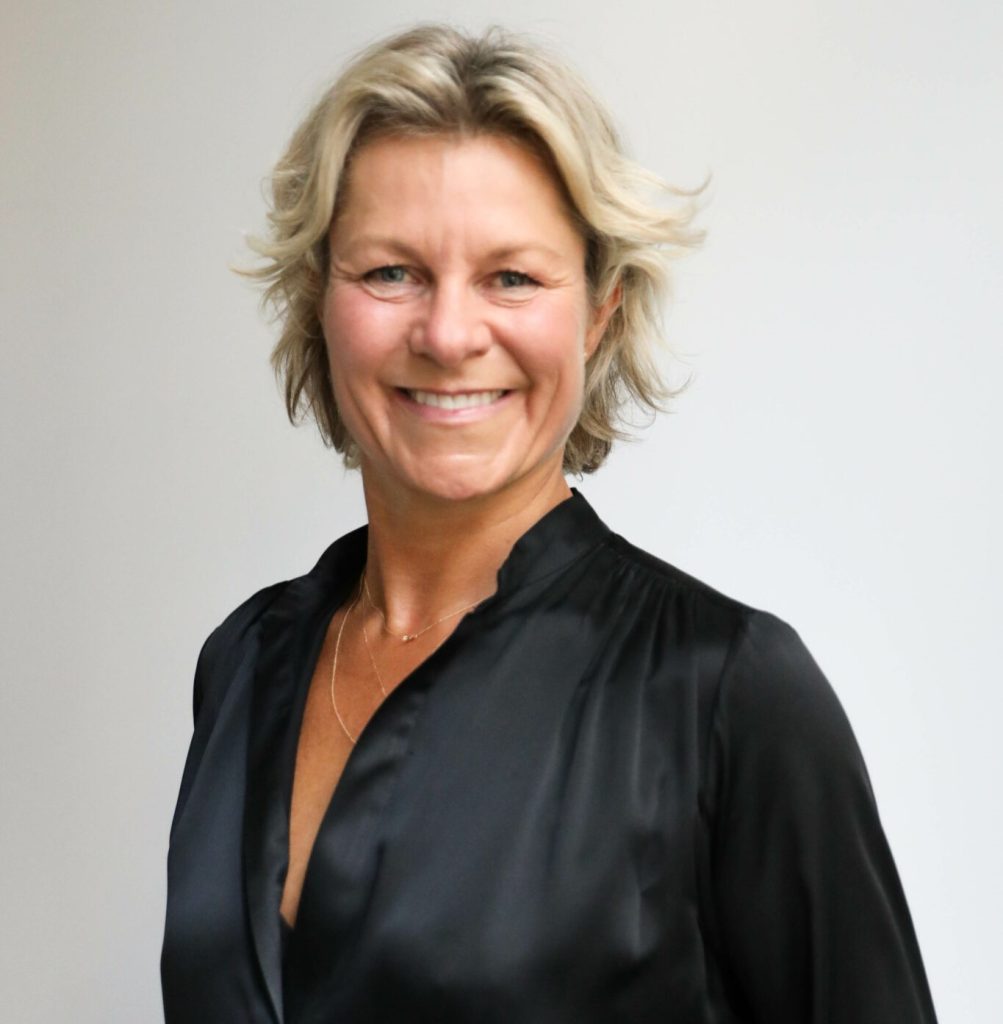
Kajsa Krause, Principal & Director of Strategy at Champalimaud Design, discusses the design of The EP Club, the club’s distinctive features, the challenges and highlights of working in the GCC.
Tell us about your professional background and your experience in the design industry.
I am currently Principal and Director of Strategy at Champalimaud Design, having built my career spearheading luxury, boutique, and lifestyle designs as well as branding initiatives for hospitality and residential projects. I have a keen interest in culture and travel and have been fortunate enough to work on high-profile properties around the world. I have also collaborated with hotel groups to redefine brand narratives and create internal design directives.
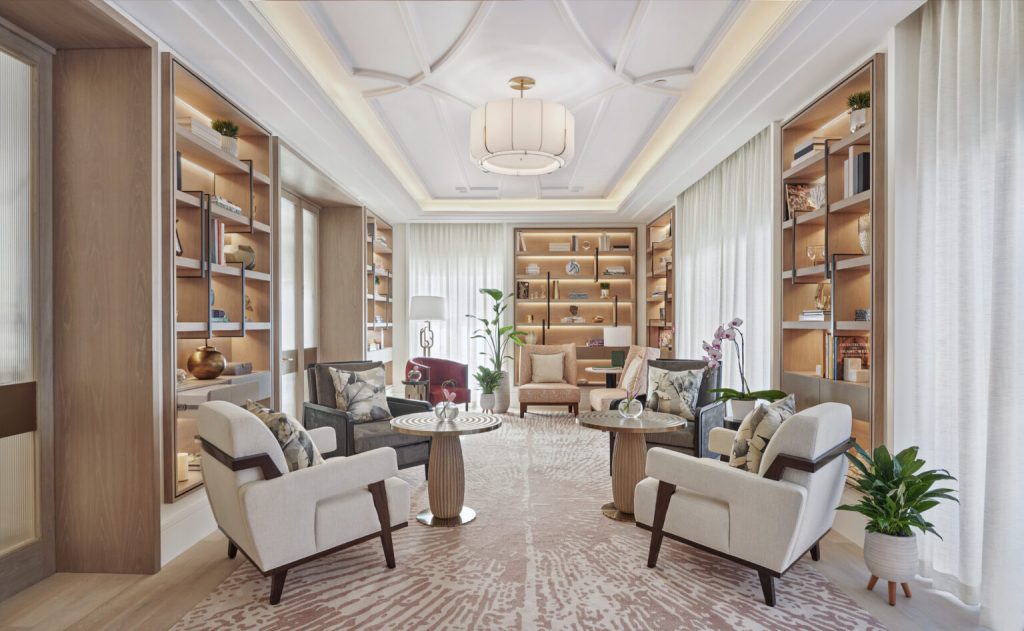
How did you turn The EP Club at Emirates Palace Mandarin Oriental into a place for socialising, dining, and relaxing?
We conceived The EP Club as a superior private residential experience that would accommodate both leisure and business-oriented gatherings. It is presented as a sequence of en-suite residential rooms, all with different characters and offerings. Woven together as an elegant lounge, it provides a breadth of experiences to guests, from private moments to more social and interactive ones.
Evoking the residential theme, an open kitchen is located at the heart of the space, with secondary spaces radiating and connecting: a library, a living room, and a private dining room. Easy transition to the patio and the beachfront was an essential driver for the location of the lounge. Mirroring the layered experience of interior spaces, we introduced a unique seating arrangement to each terrace, visually distinguished by our shading designs.
How have you attempted to distinguish this location from other similar concepts on the market?Distinguishing a project begins with writing the most compelling story. For this property, our concept originates from the layered and ancient history of Abu Dhabi. It is a rich tale titled ‘The Land where the Ocean meets the Desert’. Our narrative was informed by the exquisite surrounding landscape, a place full of patterns that have been shaped by nature over millennia. Emirates Palace Mandarin Oriental presents a vision of sophistication and modernity, while still reflecting the traditions of the Emirates in an authentic and moving way.
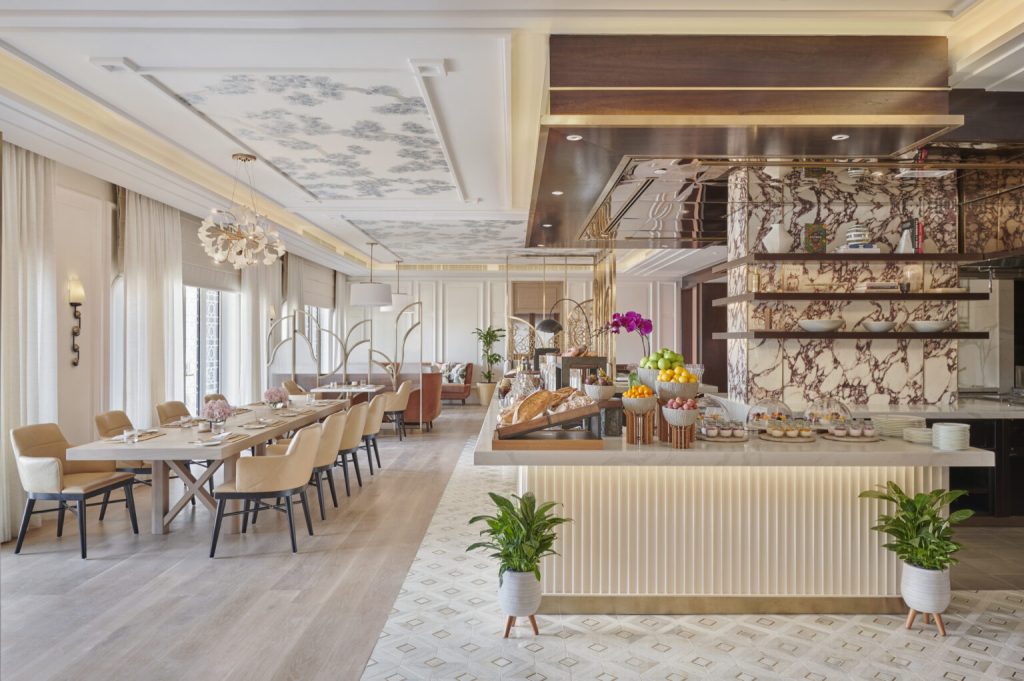
How has your company’s offering evolved over time in response to shifting market demands?
No matter the current trends, our work is always about designing through the lens of the visitor, instilling a sense of place with a strong attention to how one lives. We’re focussed not only on a guest’s journey, but also their needs and aspirations. This approach speaks throughout every project, and it never goes out of style.
How would you define your design aesthetics, and how do you intend to cater to GCC audiences’ desires with traditional demands and a modern touch, given that you would be servicing expats from all over the world?
Every project holds its own aesthetic identity. My priority is to build a thoughtful point of view rich with storytelling, while hopefully captivating guests with an impactful sense of style. The bespoke and curated designs honour nature and cultural traditions through a contemporary lens.
Tell us about the materials and furniture you used, as well as any intriguing artworks you used to enhance the space’s beauty.
The choice of materials throughout the club is sophisticated. The decorative lighting is varied and bespoke, adding to the residential feeling. Elegant white wall panelling in the central dining area brings a fresh and layered sensibility. The ceilings have insets of custom floral wall covering by Fromental. Warmer, deeper wood tones and softly lit wooden built-in bookcases in the library grant an intimate quality to the space. The open kitchen is designed as a focal point with more dramatic and contrasting use of materials. The custom-made hand tufted wool rugs by Royal Thai take inspiration from the surrounding nature, the reflections in water and the dappled light from the sun through palm trees. Metal screens with custom patterns were designed for the dining room, which speak to the local heritage and tradition of light filtering through screen elements and lanterns, with a floral pattern that takes cue from the Mandarin Oriental brand.
The art throughout was curated by the art consultant team Visto to elevate the design narrative, the final layer of the space.
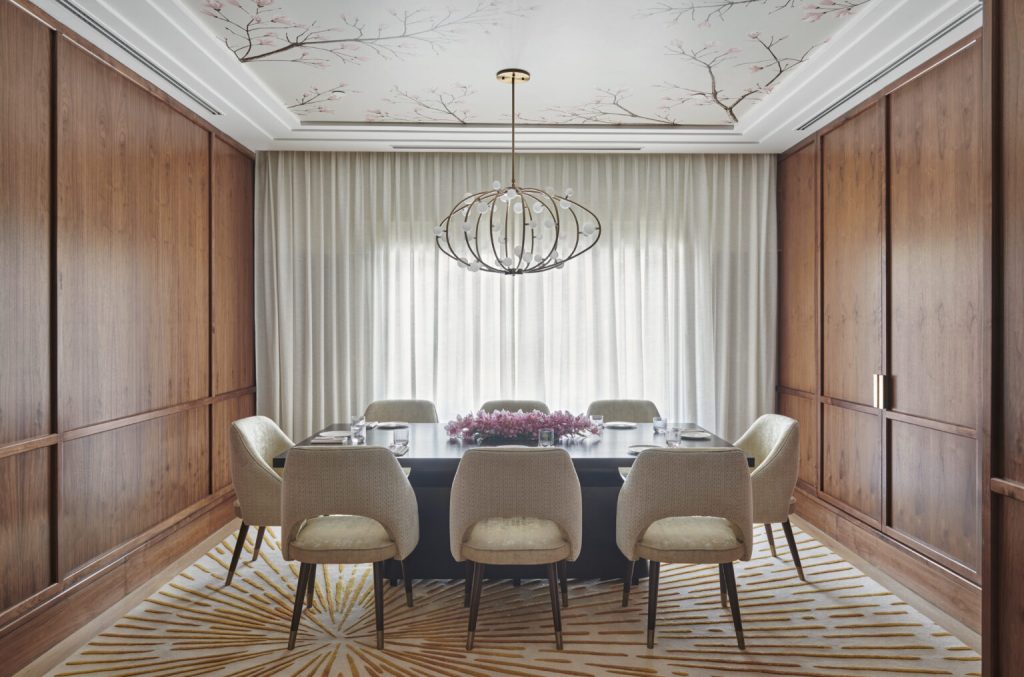
What are the challenges and highlights of working with clients from the GCC?
Clients from the GCC take pride in their rich local culture and heritage, so we endeavour to design in a way that accentuates a space’s natural beauty, honours its historical significance and builds that emotional connection as a result. What ends up being both a challenge and a highlight is the task of expertly balancing our approach to contemporary design with a genuine, thoughtful sense of place.
As you think about the future, where do you see yourself and Champalimaud Design, especially in terms of interior design and direction?
As a firm, our design philosophy and values have allowed us to endure times of great change. The forward-thinking ability to infuse spaces with modernity while maintaining integrity, character and a sense of place keeps the studio’s work relevant throughout our exploration of new and exciting areas.


